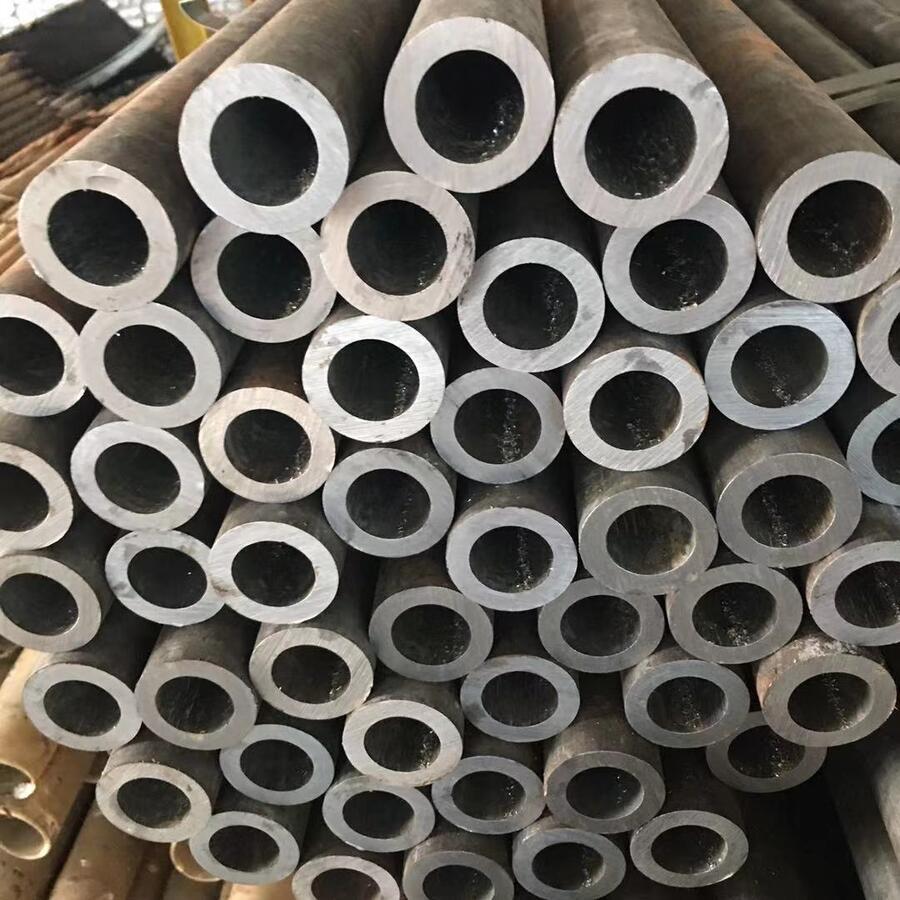The Backbone of Modern Metallurgy: Maquinaria de molino de acero
Steel rolling mill machinery represents the cornerstone of metal forming, transforming raw ingots into precisely dimensioned products through extreme pressure. At facilities like HANI TECH’s production hubs (hanrm.com), these engineering marvels operate under temperatures exceeding 1,200°C in hot rolling processes, where steel slabs are reduced to thin coils through sequential roll stands. The versatility of modern steel rolling mill equipment extends to cold rolling operations at room temperature, producing ultra-thin gauges with tolerances within ±0.001mm for automotive and aerospace applications.
Critical Components in Rolling Mill Operations
Every steel rolling mill comprises synergistic subsystems demanding precision engineering:
Rollos de trabajo & Rollos de respaldo: Crafted from tungsten-carbide composites to withstand forces exceeding 10,000 montones. HANI TECH’s proprietary roll designs feature nanostructured surfaces extending service life by 40% compared to industry standards.
Control de espacio hidráulico (HAGC): Advanced servo systems maintain roll gaps within 5μm tolerance during high-speed rolling. These systems prevent dimensional drift during coil processing – a critical capability for API pipe-grade steel production.
Sistemas de enfriamiento: Laminar water curtains achieving 500m³/min flow rates for precise phase transformation control. HANI TECH’s modular designs (hanmetallurgia.com) enable rapid configuration changes between ferritic and austenitic cooling regimes.
Especificaciones técnicas: Rolling Mill Performance Metrics
| Parámetro | Laminador en caliente | Laminador en frío | Molino en tándem | Skin Pass Mill |
|---|---|---|---|---|
| máx.. Fuerza rodante | 100 Minnesota | 30 Minnesota | 25 MN/stand | 15 Minnesota |
| Velocidad de rollo | 25 EM | 40 EM | 30 EM | 10 EM |
| Tolerancia de espesor | ±0,1mm | ±0.005 mm | ±0.015 mm | ±0.002 mm |
| Rango de ancho | 900-2300 mm | 700-2100 mm | 1000-2000 mm | 800-1900 mm |
| Diámetro de rollo | Φ800-1350 mm | Φ450-650 mm | Φ550-750 mm | Φ400-550 mm |
| Consumo de energía | 8-12 megavatio | 5-8 megavatio | 6-10 megavatio | 2-4 megavatio |
| Peso de la bobina | 45 tons max | 35 tons max | 30 tons max | 25 tons max |
| Capacidad anual | 5 M toneladas | 1.2 M toneladas | 2.5 M toneladas | 800 K tons |
| Rugosidad de la superficie | Real academia de bellas artes 1.5-3.0 µm | Real academia de bellas artes 0.1-0.5 µm | Real academia de bellas artes 0.3-0.8 µm | Real academia de bellas artes 0.05-0.2 µm |
| Flatness Control | ±50 I-unit | ±10 I-unit | ±15 I-unit | ±5 I-unit |
Evolutionary Technologies in Rolling Systems
Contemporary steel rolling mill machinery incorporates groundbreaking innovations:
- Mantenimiento predictivo impulsado por IA: Vibration analysis algorithms forecasting roll bearing failures with 98% exactitud
- Magnetic Suspension Systems: Replacing conventional roller tables with contactless material handling
- Nanoparticle Lubricants: Reducing friction coefficients by 60% en aplicaciones de laminación en frío
R de HANI TECH&D division reports 15% energy savings in mills equipped with their regenerative DC drives, converting braking energy into reusable power during deceleration phases.
Integrated Production Lines: From Melting to Finishing
Modern steel rolling mill operations are increasingly integrated with upstream processes. HANI TECH’s holistic approach (hanmetallurgia.com) combines EAF melting furnaces with inline rolling systems:
- Scrap metal enters 150-ton AC electric arc furnaces
- Molten steel undergoes vacuum degassing
- Continuous casting produces 250mm slabs
- Direct hot rolling eliminates reheating energy requirements
This integrated architecture reduces CO₂ emissions by 1.8 tons per finished coil compared to conventional workflows.
Sostenibilidad en operaciones rodantes
The steel rolling mill sector faces intensified decarbonization pressures. Latest developments include:
Hydrogen-Powered Reheating: Replacing natural gas burners with hydrogen combustors, eliminating 85% of furnace emissions. HANI TECH’s pilot project achieved 1190°C flame temperatures using green hydrogen.
Closed-Loop Cooling: Advanced filtration systems enabling 98% water reuse in rolling mill operations. Reverse osmosis membranes handle coolant contamination from scale and lubricants.
Recuperación de calor residual: ORC turbines converting thermal losses into 3MW auxiliary power for adjacent processes.
Future Directions in Rolling Technology
Next-generation steel rolling mill machinery will feature:
- Digital twin integration providing real-time microstructure prediction
- Hybrid induction-aerodynamic heating for ultra-rapid temperature profiling
- Additive-manufactured rolls with embedded cooling channels
HANI TECH’s roadmap anticipates beltless rolling systems by 2028, replacing conventional rollers with magnetic levitation technology for frictionless forming.
As steel rolling mill technology evolves, manufacturers must balance production demands with environmental responsibilities. Innovations in machine design, optimización de procesos, and digital integration continue to redefine industry capabilities. Through specialized equipment suppliers like HANI TECH, mills achieve unprecedented precision while reducing resource consumption – proving that industrial progress and sustainability can coexist in modern metallurgy.




